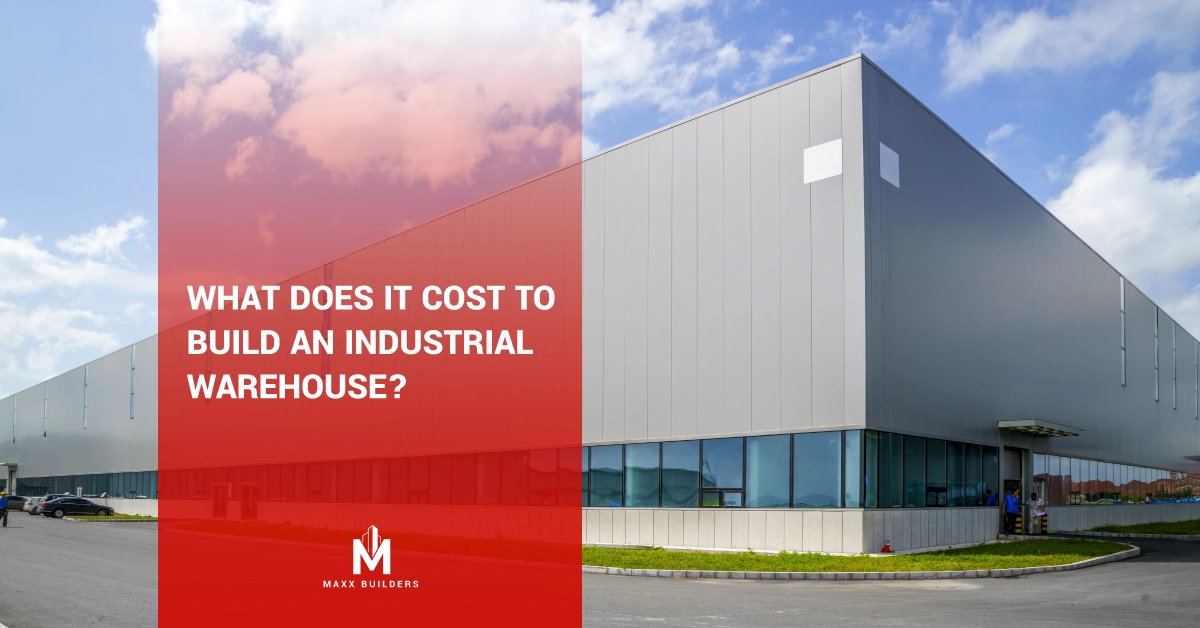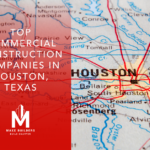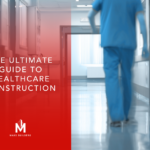The rise of e-commerce has helped the industrial warehouse asset class become one of the most resilient commercial real estate sectors over the last several years.
According to the 2022 U.S. Real Estate Market Outlook, a record-setting 448.9 million square feet of industrial space is currently under construction. However, even with the massive amount of new products coming to market, demand is still projected to exceed supply.
This article covers the cost of building an industrial warehouse and lists some of the best industrial markets for commercial buildings and real estate investment.
Factors Affecting Industrial Warehouse Costs
Industrial warehouse construction costs will vary based on the type of warehouse in question. For example, a basic storage warehouse with a small flex office space will cost significantly less to build than the multi-level warehouse with robotic systems found in Amazon’s buildings:
- Industrial warehouse types
- Basic storage
- Refrigerated with humidity control
- Traditional bulk storage with forklifts
- Automated workflow with robotic and conveyor systems
Materials & type of construction
Pre-engineered metal structures are less expensive and generally used for smaller warehouses
Tilt-up construction uses wall panels cast in concrete on-site; it is typically used for large industrial warehouses and distribution centers
Cost to Build an Industrial Warehouse
Location and land costs significantly impact the cost of building an industrial warehouse. Warehouse construction prices range from $85 to $202.50 per square foot.
Four Types of Warehouse Construction Costs
There’s quite a cost difference between building a warehouse for rent in the San Francisco Bay Area and a Sunbelt city like Phoenix. Investors should consider four types of construction expenses that affect the overall cost of building a warehouse:
Hard costs
Hard brick-and-mortar costs in building an industrial warehouse include land and site development, paving and grading, landscaping and utilities, construction equipment, labor and materials, LEED certification, and life and safety systems.
Soft costs
Soft warehouse construction costs include:
- Engineering and architectural design.
- Permitting and legal fees.
- Taxes and insurance.
- Moveable equipment and fixtures are installed in the warehouse.
Financing costs
Developing a warehouse can involve three types of commercial real estate financing:
- A short-term construction loan with partial releases if the industrial development has multiple sites
- Bridge financing to pay off the construction loan
- Permanent takeout financing once the warehouse project is completed and fully leased.
Long-term costs
Operating expenses and long-term costs of owning and managing an industrial warehouse may include property management, utilities, and maintenance
Industrial Warehouse Market Performance
While there are many variables affecting the cost of building an industrial warehouse, one thing that isn’t fluctuating is the swelling demand from tenants for industrial space for rent in 2022.
Per the above report, all sectors of the industrial class are seeing surging demand and record-high rents, including warehouse/distribution, manufacturing, and high-tech space:
- Rent growth +15.2%
- The average asking rent is $7.89 per square foot, NNN
- Vacancy 3.3%
- Net absorption 108.7 million square feet (through Q1 2022)
- Inventory 16.1 billion square feet
- Deliveries 87.2 million square feet (through Q1 2022)
- Under construction 660.8 million square feet
The Bottom Line
The industrial warehouse sector has been among the best-performing commercial real estate asset classes, with demand projected to rise in the years ahead.
For developers thinking about building industrial warehouses, key factors affecting construction costs will include the type of structure being built and the materials used.
While the cost of building a warehouse varies widely between cities, all builders should consider hard and soft costs, cost of financing, and long-term operating expenses.



